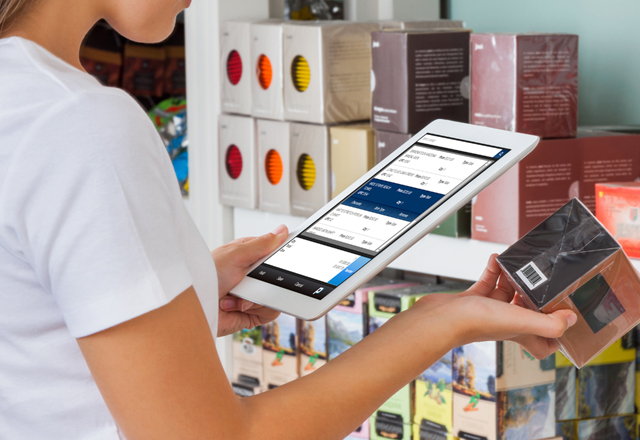
Remember when “As Seen on TV” products were only available by calling the number on the television screen? Products such as Chia Pet, The Clapper and even The Snuggie all became pop culture icons by infiltrating TV programming.
But as the internet took off around the turn of the century, companies found less expensive and more strategic ways to sell their products. Enter Warby Parker, Everlane and Casper, which made up the first generation of digitally native DTC companies.
Back then, those brands and others like them were happy selling a relatively niche product online without all the costs associated with brick-and-mortar retail distribution.
Today however, DTC companies are evolving to further expand their market share, joining forces with large, well-known retailers and big-box stores, as well as with holding groups.
Such collaboration is paying off, both in revenue and mindshare.
This expansion requires software with flexibility that allows for organizational intricacies.
The distribution and audience gains require resources through their software that can shift to support the areas that get new stress.
Retail Pro Prism’s flexible software with a vast library of Plugins and omnichannel support provide the necessary visibility and capabilities for brands to adjust their technology according to their strategies.
Embracing Brick-and-Mortar

Partnering with brick-and-mortar retailers has provided DTC brands access to a wider consumer base and the opportunity for more personalized customer experiences.
The ability for customers to experience these products in person is a huge win, and makes a true omnichannel experience possible.
With the integrated inventory visibility afforded in Retail Pro Prism, customers can check in-store stock of an item, place the order, and immediately experience it upon pick up in store.
Entering the brick-and-mortar space as a previously pure ecommerce brand also likely requires the inventory and broader data integration and visibility that omnichannel brings.
Retail Pro Prism provides flexibility in configuring your omnichannel POS system, so you can adjust it as you grow to satisfy your business’s changing needs.
In addition, Retail Pro Prism has a built-in customer management system that enables an associate to access prior purchase history, note preferences and other relevant information that makes for the kind of personalized customer experience shoppers have grown accustomed to online.
Direct to consumer brands Joining Forces with Holding Groups

Holding groups provide financial backing, operational support and expertise to a larger network of retail partners, so brands can scale their operations and consolidate resources more efficiently.
An example of this arrangement is the partnership between Casper, the popular mattress-in-a-box company, and Target Corp. Since 2017, Casper products have been sold on Target’s site and in its stores. The strategy allowed Casper to expand its reach outside of online sales and tap into Target’s extensive retail network, broadening its brand visibility.
Meanwhile, Target could provide its customers a popular DTC brand’s innovative sleep products, which aligned with the big box store’s focus on providing high-quality and trendy home goods.
There are a number of ways a large chain can structure their POS system, and even more configurations could be made to sell these DTC brands’ products within the larger big box ecosystem.
With Retail Pro Prism, vendor management capabilities are useful in these arrangements between specialty brands and big box retail. Subsidiary management capabilities in Retail Pro Prism are pertinent as well. The connected data and visibility across all levels of operation that Prism facilitates will be valuable in these circumstances.
A connected view of inventory will be necessary for the DTC brand to maintain the seamless online experiences they are known for when venturing into the brick & mortar experience.
The rise of DTC brands has revolutionized the retail industry, prompting brick and mortar stores to reevaluate their perceptions of what customers want.
As brick and mortars look to fulfill those needs, DTCs are seeking to increase the ways in which they can reach new customers.
Collaborations with holding groups have allowed DTC brands to work more efficiently, while their bigger retail partners are able to offer smaller, innovative brands.
The success of those partnerships is evident in the increased revenue and mindshare gained by DTC brands.
And, as the retail landscape continues to evolve, more partnerships between DTC brands and established retailers can be expected, further shaping the future of customer shopping experiences.







































